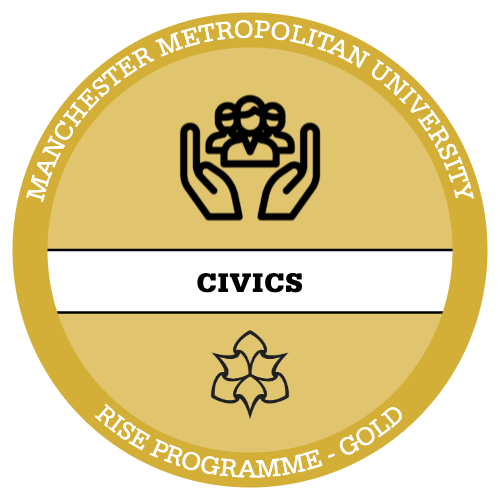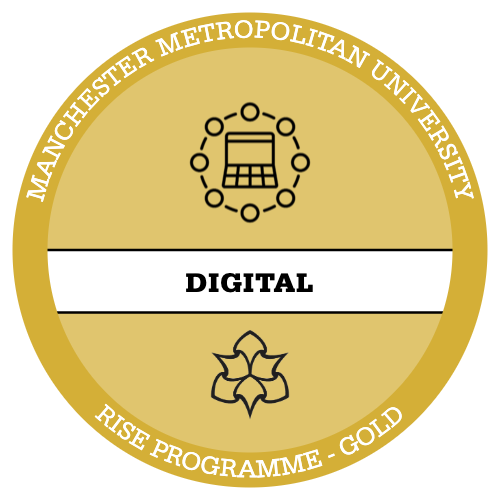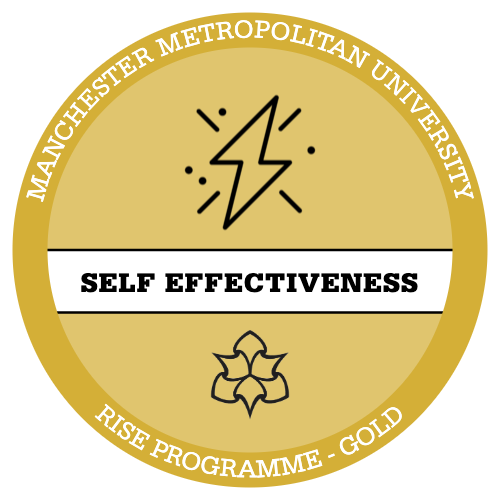
Max Gruber / Better Images of AI / Banana / Plant / Flask / CC-BY 4.0
Types of AI
AI is a really broad term and there are lots of different types. Here are some common uses for AI:
Automation- AI can automate repetitive tasks, leaving humans more time to tackle more complex problems. This is often seen in fields like data entry and customer service, but it’s also something you can take advantage of too – AI is integrated into everyday software, which allows you to do things like sort incoming emails, automatically set up emails in your calendar, create flashcards to help you study, or even transcribe lectures for you.
Personalisation – Have you ever wondered how Netflix can generate a list of recommendations of films for you to watch? Or how the adverts you see on social media seem perfectly tailored to what you may want to buy? This is because AI can provide personalised recommendations based on individual preferences and behaviours. It is commonly used in customer service, but you can also use it to aid your learning, for example, by taking advantage of personalised learning paths on LinkedIn Learning, or using platforms that recommend books based on what you have previously read and enjoyed. there are even study applications that can adapt to your study style and pace!
Image and Speech Recognition – This is useful in security systems, like on phones that will unlock when the camera recognises your face. It is also used in a number of accessibility tools like Dragon, which is a tool that converts text-to-speech, allowing you to dictate your notes, and reads aloud written text.
Natural Language Processing – AI can understand and generate language. This is especially useful in translation tools that can help you learn new languages and provide pronunciation guides. They can also offer feedback on things like grammar or structure in your writing.
Glossary of terms
If you are new to AI, you might be a little overwhelmed by the terminology and acronyms. Take some time to familiarise yourself with the terms in this interactive glossary.






